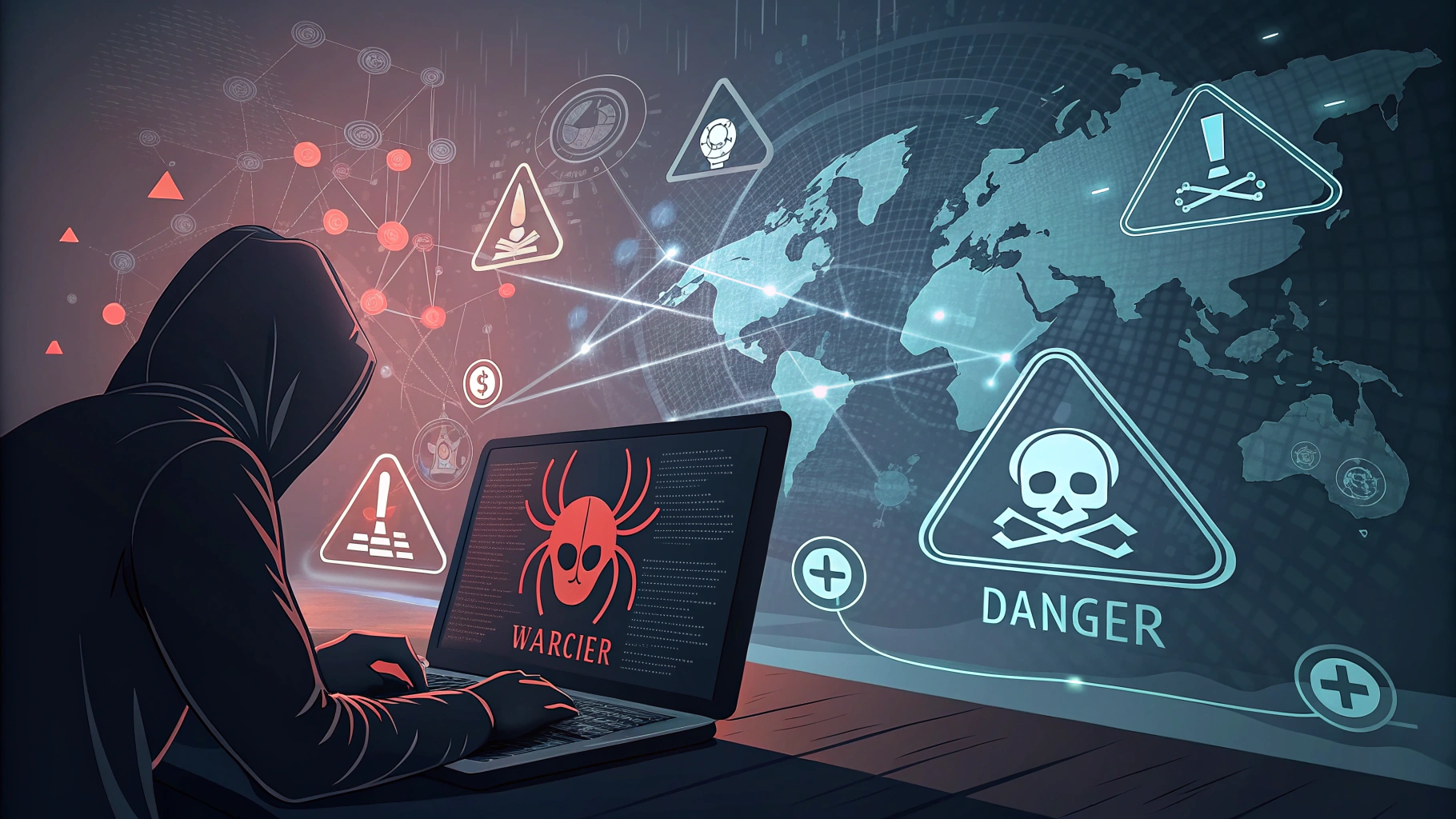Dark Web Dangers: How to Protect Yourself from Malware & Scams
Introduction
The dark web, often referred to as the shadowy underbelly of the internet, is a hidden layer of the online world that is not indexed by conventional search engines. While it is not inherently illegal, the dark web serves as a hub for illicit activities, including the sale of stolen data, hacking tools, and other malicious services. As technology advances, the risks associated with the dark web have grown exponentially, posing significant threats to individuals and organizations alike. This report explores the dangers of the dark web, including malware, scams, and tracking, and provides actionable strategies to protect yourself from these threats.
Understanding the Dark Web
The dark web operates on encrypted networks and requires specialized software, such as the Tor browser, to access. It is designed to provide anonymity to its users, making it a haven for cybercriminals. Activities on the dark web range from the sale of illegal drugs and weapons to human trafficking, ransomware services, and the trading of stolen personal and corporate data.
Key Statistics
- In 2024, over 60% of data breaches involved stolen information being sold on the dark web.
- The average cost of a data breach in 2024 reached $4.88 million, highlighting the financial impact of dark web activities.
- It takes an average of 194 days to identify a breach, and 292 days to contain it, leaving individuals and businesses vulnerable for extended periods.
Dangers of the Dark Web
1. Malware Risks
The dark web is a breeding ground for malware, including keyloggers, spyware, and ransomware. Keyloggers record every keystroke on a victim’s device, potentially capturing sensitive information such as passwords and financial details. Spyware monitors internet activity, while ransomware encrypts files and demands payment for their release.
In 2024, ransomware attacks facilitated through the dark web saw a disturbing rise. These attacks often involve anonymous transactions, making it difficult to trace and prosecute the perpetrators.
2. Scams and Fraud
Fraudulent activities on the dark web have become increasingly sophisticated, leveraging advanced technologies such as artificial intelligence (AI) and machine learning. Common scams include phishing attacks, identity theft, and fake online marketplaces. AI-driven scams, for instance, use deepfake technology to impersonate individuals or create convincing fake profiles.
A 2025 survey by GBG fraud prevention revealed that 79% of experts noticed an increase in elaborate scam attacks over the past year. Additionally, 96% of respondents expressed concern over the industrialization of fraud techniques.
3. Tracking and Loss of Privacy
While the dark web is designed for anonymity, it is not foolproof. Malicious actors often exploit vulnerabilities in users’ security measures to track their activities or steal personal information. Fake dark web browsers and phishing sites are commonly used to capture sensitive data.
How to Protect Yourself
1. Use Reliable Security Tools
Investing in robust cybersecurity tools is essential to protect against dark web threats. Antivirus software, firewalls, and intrusion detection systems can help detect and block malware. Dark web monitoring services can alert you if your personal information appears on the dark web.
2. Practice Safe Browsing
Avoid accessing the dark web unless absolutely necessary. If you must, use a secure and anonymous browser like Tor, along with a reliable VPN to mask your IP address. Never click on unknown links or download files from unverified sources.
3. Monitor Your Digital Footprint
Regularly monitor your online accounts and credit reports for signs of unauthorized activity. Employ tools that track whether your personal information has been compromised. Early detection can significantly reduce the impact of a data breach.
4. Stay Informed
Educate yourself about the latest cybersecurity threats and scams. Awareness is a powerful tool in mitigating risks. Organizations should also provide training to employees to reduce human error, which accounts for 88% of cybersecurity breaches.
5. Collaborate with Authorities
Law enforcement agencies are intensifying their efforts to combat dark web activities. In 2024, high-profile groups like LockBit and TrickBot were dismantled. Reporting suspicious activities can aid these efforts and contribute to a safer online environment.
Conclusion
The dark web poses significant dangers, from malware and scams to tracking and privacy breaches. As cybercriminals adopt increasingly sophisticated tactics, it is crucial for individuals and organizations to prioritize cybersecurity. By using reliable security tools, practicing safe browsing, monitoring your digital footprint, staying informed, and collaborating with authorities, you can protect yourself from the risks associated with the dark web. The evolving nature of cyber threats underscores the importance of vigilance and proactive measures in safeguarding your online presence.
References
- Montoro, Cyber Expert. (2025, January 18). Dark Web: What It Is and How to Protect Yourself from It. Security Matters. https://securityforall.substack.com/p/dark-web-what-it-is-and-how-to-protect
- SentinelOne. (2024, October 14). What is Dark Web Monitoring? Benefits & Risks. SentinelOne. https://www.sentinelone.com/cybersecurity-101/threat-intelligence/dark-web-monitoring/
- Identity Protect. (2025). Understanding Dark Web Risks: A Guide to Its Hidden Dangers. Identity Protect. https://www.identityprotect.com/blog/65/the-risks-associated-with-the-dark-web-navigating-digital-shadows/
